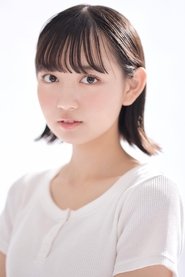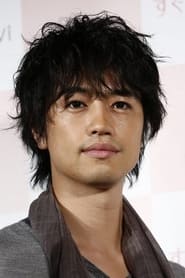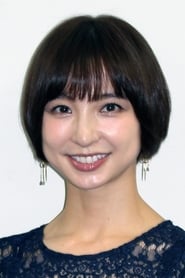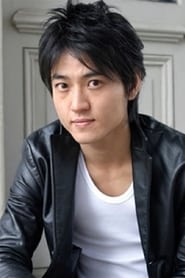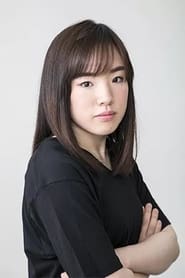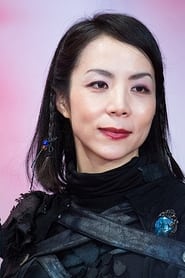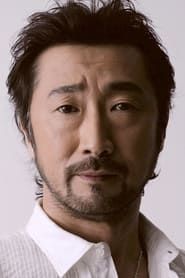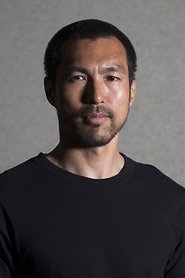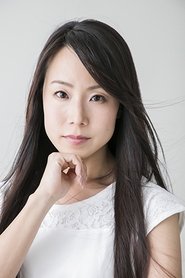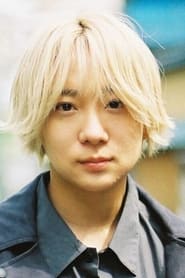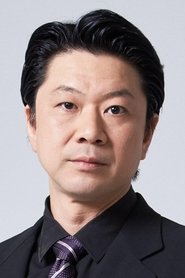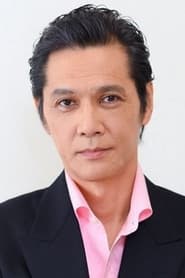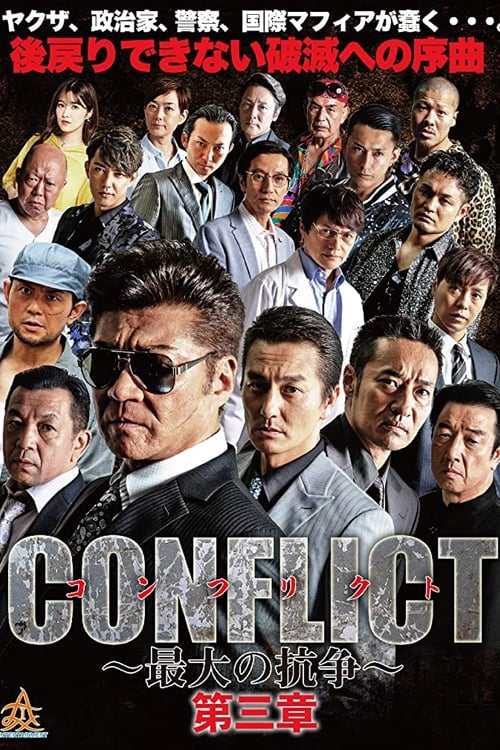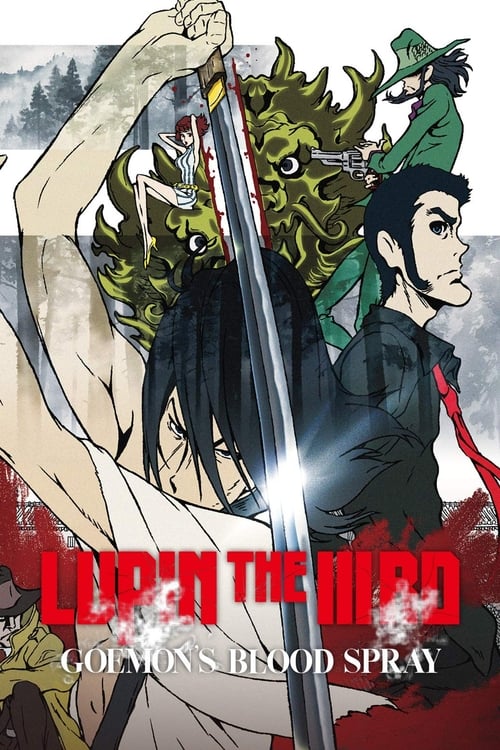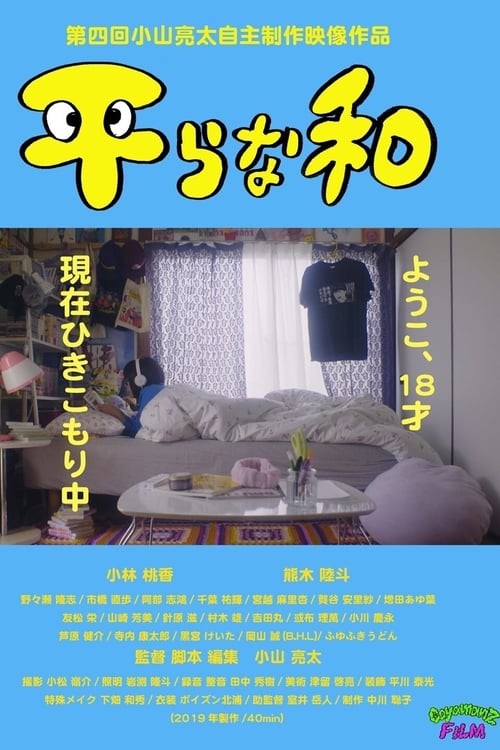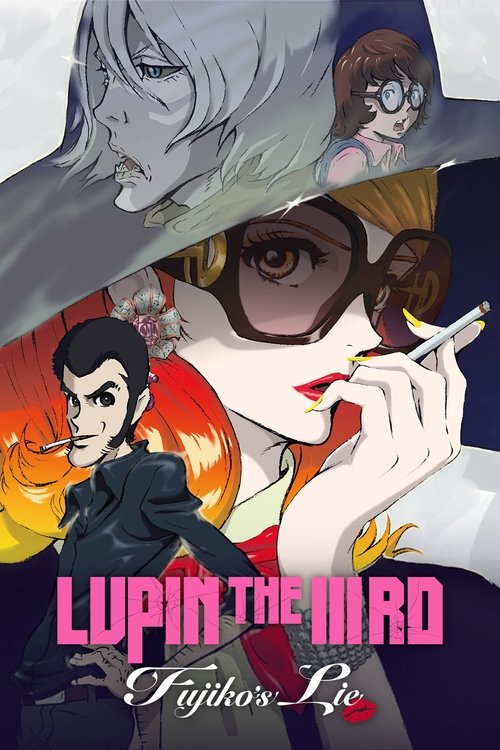
Ask Your Own Question
What is the plot?
More Movies Like This
Browse All Movies →What is the ending?
In the ending of the movie "RE:BORN," the protagonist, a former soldier named Kuroda, confronts his past and the enemies he has made. After a series of intense battles, he ultimately faces off against his nemesis, who has been orchestrating chaos. The film concludes with Kuroda achieving a sense of closure, having avenged his past and found a new purpose, while the antagonist meets a grim fate.
As the climax of "RE:BORN" unfolds, the atmosphere is thick with tension. Kuroda, having been pushed to his limits, prepares for the final confrontation. The scene is set in a dimly lit warehouse, where shadows dance ominously across the walls. Kuroda's face is etched with determination, his eyes reflecting the weight of his past experiences. He is not just fighting for survival; he is fighting to reclaim his identity and confront the demons that have haunted him since his days as a soldier.
The antagonist, a figure shrouded in darkness and malice, stands ready, flanked by his henchmen. The air crackles with anticipation as the two men lock eyes, a silent acknowledgment of the battle that is about to ensue. Kuroda's heart races, fueled by a mix of fear and resolve. He knows that this fight is not just about physical prowess; it is a battle of wills, a clash of ideologies.
As the fight begins, the choreography is brutal and raw. Kuroda moves with a fluidity that belies his years of training, each strike a testament to his skill and determination. The camera captures the intensity of the moment, zooming in on the sweat glistening on his brow and the grimace of concentration on his face. The sound of fists connecting with flesh echoes in the warehouse, punctuated by the grunts of exertion and the clatter of weapons.
Kuroda's internal struggle is palpable; he is not just fighting for his life but also for redemption. Each blow he lands is a step closer to freeing himself from the shackles of his past. The antagonist, equally skilled, retaliates with ferocity, embodying the chaos that Kuroda has fought against for so long. The fight escalates, with both men pushing each other to their limits, showcasing their physical and emotional scars.
As the battle reaches its peak, Kuroda finds himself momentarily overpowered, pinned against the cold, hard ground. In this vulnerable moment, flashes of his past flicker through his mind--memories of loss, betrayal, and the sacrifices he has made. It is this recollection that ignites a fire within him. With a surge of adrenaline, he breaks free, channeling his pain into a final, decisive strike.
The climax culminates in a dramatic showdown, where Kuroda, fueled by his newfound resolve, delivers a blow that sends the antagonist crashing to the ground. The warehouse falls silent, the only sound being the heavy breathing of the two men. Kuroda stands over his fallen foe, a mix of triumph and sorrow washing over him. He has avenged the wrongs of his past, but at what cost?
In the aftermath, Kuroda walks away from the scene, the weight of his actions heavy on his shoulders. He has not only defeated his enemy but has also confronted the darkness within himself. The film closes with Kuroda stepping into the light, symbolizing his rebirth. He is no longer just a soldier; he is a man who has faced his demons and emerged stronger.
As for the fate of the main characters, Kuroda finds a sense of closure and purpose, ready to embrace a new chapter in his life. The antagonist, having been defeated, lies motionless, a stark reminder of the consequences of a life steeped in violence and chaos. The film leaves viewers with a poignant sense of resolution, highlighting the themes of redemption, identity, and the enduring struggle between light and darkness.
Is there a post-credit scene?
In the movie "RE:BORN," there is indeed a post-credit scene that adds an intriguing layer to the story. After the main credits roll, the scene opens in a dimly lit room where a group of individuals is gathered. They are discussing the events that have transpired, particularly focusing on the protagonist, a former special forces operative named Kuroda, who has undergone a transformation through a unique resurrection process.
As the conversation unfolds, it becomes clear that Kuroda's abilities have drawn the attention of various factions, each with their own motives. The tension in the room is palpable, as the characters express both fear and fascination regarding Kuroda's potential. One of the individuals, a shadowy figure, suggests that they need to take action to either recruit Kuroda or eliminate him before he becomes a threat.
The scene ends with a close-up of Kuroda's face, revealing a steely determination in his eyes, hinting at his readiness to confront whatever challenges lie ahead. This moment leaves the audience with a sense of anticipation, suggesting that Kuroda's journey is far from over and that new conflicts are on the horizon. The post-credit scene effectively sets the stage for potential future developments, emphasizing themes of power, control, and the consequences of resurrection.
What motivates the main character, Kageyama, to seek revenge?
Kageyama, a former soldier, is driven by a deep sense of loss and betrayal after the murder of his wife. His emotional turmoil and the desire to avenge her death propel him into a violent quest against those responsible.
How does Kageyama's past as a soldier influence his actions throughout the film?
Kageyama's military training and experiences shape his combat skills and strategic thinking. His past haunts him, leading to flashbacks that reveal his internal struggles and the psychological scars he carries, which fuel his relentless pursuit of vengeance.
What role does the character of the assassin play in Kageyama's journey?
The assassin serves as both an antagonist and a catalyst for Kageyama's transformation. Their confrontations force Kageyama to confront his own demons and question the morality of his quest for revenge, ultimately pushing him towards a deeper understanding of his own humanity.
How does Kageyama's relationship with his daughter affect his decisions?
Kageyama's relationship with his daughter is a source of conflict and motivation. His desire to protect her from the violence that consumes him creates a poignant emotional struggle, as he grapples with the consequences of his actions on her life.
What is the significance of the final confrontation between Kageyama and his enemies?
The final confrontation symbolizes Kageyama's ultimate test of resolve and redemption. It is not just a physical battle but also an emotional reckoning, where he must decide whether to continue the cycle of violence or seek a path towards healing and forgiveness.
Is this family friendly?
"RE:BORN," produced in 2016, is not considered family-friendly due to its intense and graphic content. Here are some potentially objectionable or upsetting aspects that may affect children or sensitive viewers:
-
Violence: The film features numerous scenes of intense hand-to-hand combat, showcasing brutal fighting techniques and physical confrontations that can be graphic and disturbing.
-
Blood and Gore: There are moments that depict bloodshed and injuries, which may be unsettling for younger audiences or those sensitive to graphic imagery.
-
Themes of Revenge: The narrative revolves around themes of vengeance and personal trauma, which may be heavy and emotionally charged for younger viewers.
-
Psychological Struggles: The protagonist deals with significant psychological issues stemming from past trauma, which may be difficult for some viewers to process.
-
Mature Language: The dialogue includes strong language that may not be suitable for children.
Overall, the film's mature themes and graphic content make it more appropriate for adult audiences.




